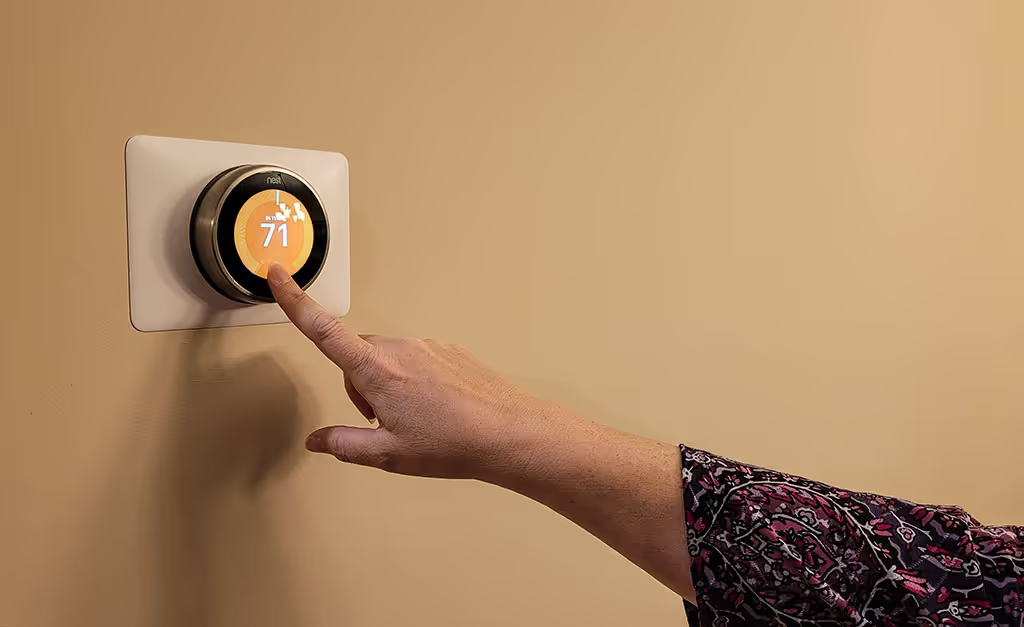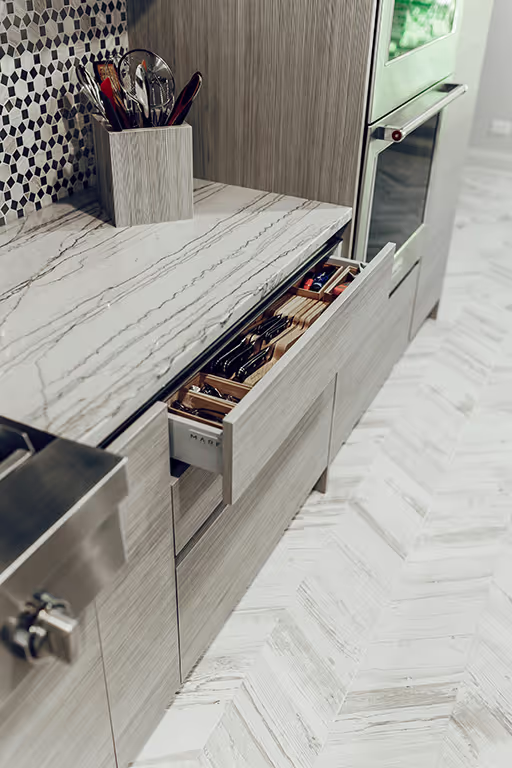Porcelain Tile Maintenance 101: How to Keep Your Tiles Looking New
Porcelain tiles are popular for their durability and beauty, but like any surface, they need regular care to maintain their appearance. With the right tile maintenance routine, they can keep their original shine and look like new for years. Here’s a simple guide to effective tile maintenance, covering everything from daily care to deep cleaning tips.

1. Daily Cleaning: Dust and Debris Removal
For everyday care, sweeping or vacuuming porcelain tiles regularly can prevent dust and debris from accumulating. Use a soft-bristle broom or a vacuum with a brush attachment to avoid scratching the surface.Routine sweeping is essential, especially in high-traffic areas, as grit can wear down the tile surface over time. This simple step keeps your tiles free from dirt buildup and helps them maintain their luster.
2. Weekly Mopping: Keep Tiles Fresh
Mopping once a week with warm water and a mild, pH-neutral cleaner is ideal for regular tile maintenance. These cleaners are gentle on porcelain tiles and help remove any remaining dust or grime without leaving a residue.When mopping, be careful not to use too much water. Excessive moisture can seep into the grout lines, potentially causing issues over time. After mopping, a quick rinse with clean water and a dry mop can help avoid water spots and streaks, keeping your tiles looking clean and polished.
3. Avoid Harsh Cleaners and Abrasive Tools
Abrasive tools and harsh chemical cleaners can dull or damage porcelain tiles. Avoid using bleach, ammonia, or acid-based cleaners, as they can weaken the tile’s finish over time. Instead, stick to non-abrasive sponges or soft cloths for any deeper scrubbing.In cases where stains occur, a gentle scrub with warm water and a bit of dish soap can often lift the stain. For tougher stains, try a small amount of baking soda mixed with water to create a gentle paste. Apply it to the stain, let it sit briefly, then scrub lightly with a soft brush before rinsing clean.
4. Protection from Furniture and Heavy Items
To prevent scratches and scuffs, use felt pads or rubber protectors under the legs of furniture that rests on tile floors. This is especially important for frequently moved furniture, like chairs and tables, as they can create scratches over time.When moving heavy items across tile, lift rather than drag them, or use a moving mat. These simple preventive steps go a long way toward preserving the tile’s surface, ensuring it stays in excellent condition.
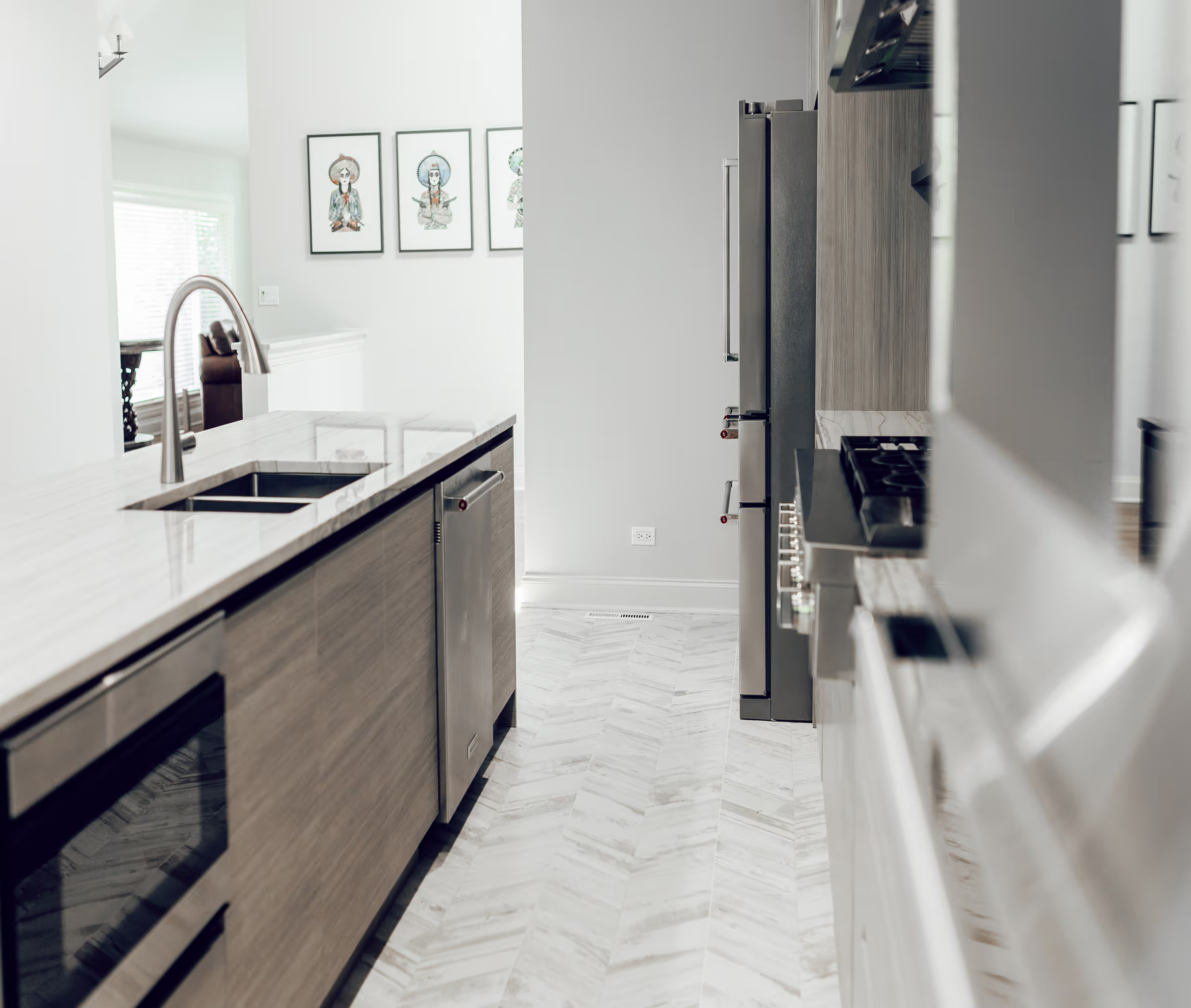
5. Quick Response to Spills
Spills are bound to happen, especially in areas like kitchens and bathrooms. Quick action is key to preventing stains, even though porcelain is generally stain-resistant. For common spills like coffee, wine, or oil, blot them up immediately with a clean cloth to avoid absorption.A quick wipe with warm water can help remove any remaining residue. If you notice the spill is greasy, a small amount of dish soap can be added to the water to lift any stubborn marks. This type of quick clean-up is simple yet effective, ensuring your tiles stay spotless.
6. Deep Cleaning Every Few Months
In addition to daily and weekly tile maintenance, consider deep cleaning your porcelain tiles every few months. For this, a steam mop can be particularly effective. It penetrates deeply, helping to sanitize both the tile surface and grout lines without using harsh chemicals.If you don’t have a steam mop, a mix of water and a few drops of gentle detergent can be applied with a mop or soft sponge. Follow up with a rinse to remove any soap residue. This occasional deep clean helps tiles maintain their like-new appearance over time, keeping the surface fresh and free from buildup.
7. Grout Sealing for Lasting Protection
Although porcelain tiles themselves are resistant to moisture and stains, grout lines can be more vulnerable. To protect grout, consider applying a grout sealer every 6–12 months. This barrier helps prevent moisture absorption, which can lead to discoloration or mold growth in humid areas.Applying grout sealer is a straightforward task: simply brush it on following the instructions on the product label. Sealing grout lines can make a big difference in the appearance and longevity of your tiled spaces.
8. Mindful Use of Heavy or Sharp Items
While porcelain tiles are highly durable, they can still crack or chip from heavy impact or sharp objects. Be mindful of using sharp tools directly on tiles or dropping heavy objects onto the floor. For example, using a soft mat or rug in high-use areas can help absorb impact and prevent potential damage.If a tile does chip or crack, repair kits are available to help cover minor damage. These kits often include color-matched fillers that blend in with the tile, providing an effective and economical fix for small imperfections.

Our Final Thoughts on Tile Floor Maintenance
Keeping porcelain tiles in excellent shape doesn’t require a complex routine. By following these basic steps, you can protect and maintain your tiles for years to come. Daily sweeping, weekly mopping, occasional deep cleaning, and careful handling of furniture and spills all contribute to preserving the tile’s appearance and quality.
Maintenance Made Easy: Keeping Your European Tiles Looking Their Best
European tiles, with their rich history, intricate designs, and timeless beauty, are a prized addition to any home. Their elegance and durability make them a popular choice for floors, walls, and countertops. However, maintaining their original luster and preventing damage requires proper care and cleaning. At Majestic Tiles, we understand the value of your investment and are dedicated to helping you keep your European tiles looking their best for years to come.
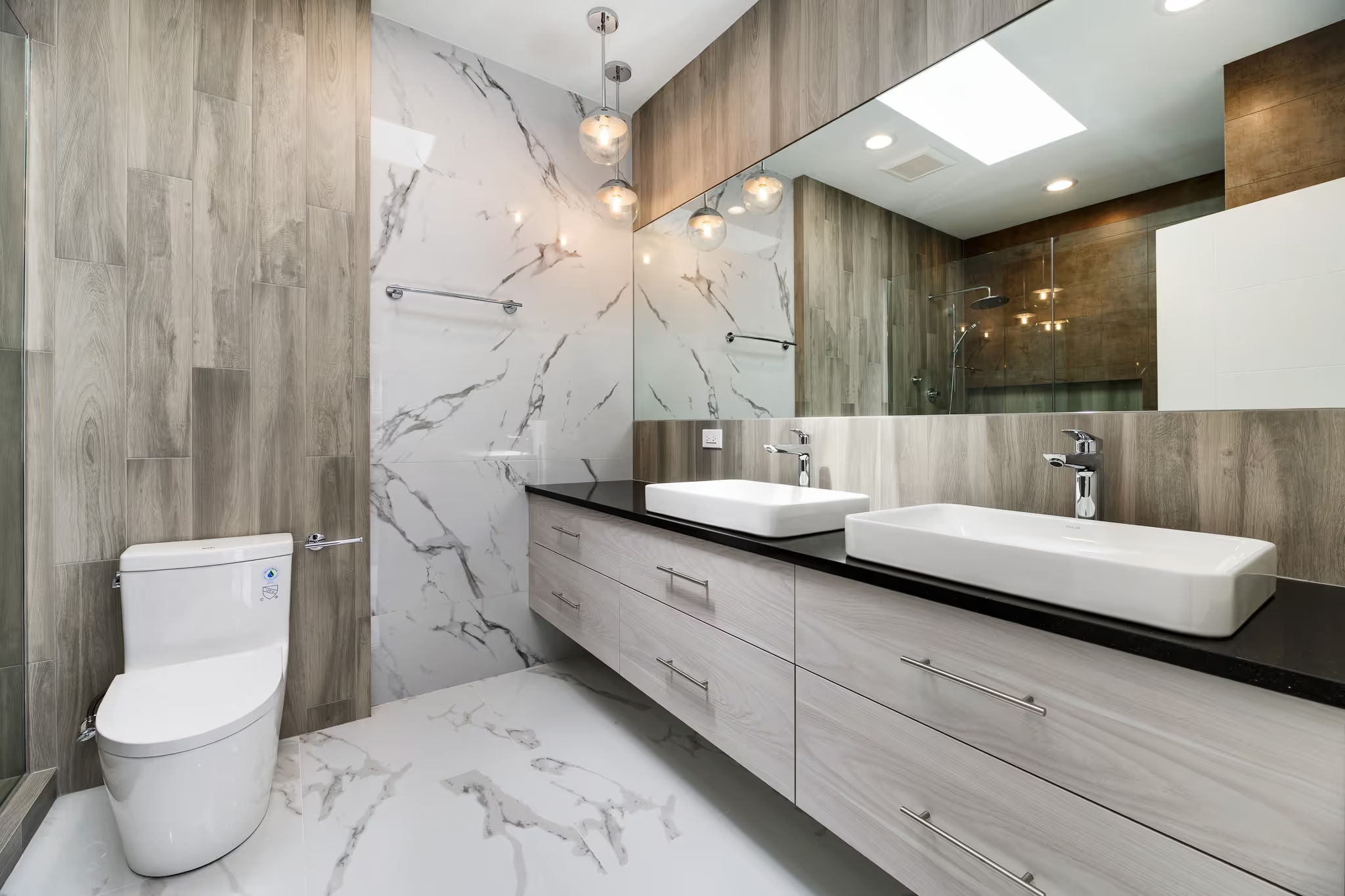
Understanding Your Tiles
The first step to proper maintenance is understanding the specific type of European tile you have. Different materials, such as ceramic, porcelain, and natural stone, require slightly different cleaning approaches. Here’s a brief overview:
Ceramic and Porcelain Tiles
These are the most common types of European tiles and are generally very easy to maintain. They are fired at high temperatures, making them dense, non-porous, and highly resistant to water, stains, and scratches. This makes them ideal for high-traffic areas like kitchens, bathrooms, and entryways. Additionally, their glazed surface offers further protection and makes them easy to clean. However, it’s important to note that even ceramic and porcelain tiles can be susceptible to damage from harsh chemicals and abrasive cleaning methods.
Natural Stone Tiles
These tiles, including marble, granite, and travertine, add a touch of luxury and timeless elegance to any space. They are naturally beautiful and come in a vast array of colors, patterns, and textures. However, they are more porous than ceramic and porcelain tiles, making them more susceptible to scratches, etching from acidic substances (like vinegar or citrus juices), and water stains. This requires a more delicate cleaning approach and the use of specially formulated cleaning products to avoid damaging the stone’s surface.

Routine Cleaning
Regular cleaning is key to maintaining the beauty and longevity of your European tiles. Here’s what you need to know:
Frequency
Depending on the foot traffic and the level of dirt and grime, aim to clean your tiles at least once a week. For high-traffic areas, like kitchen floors or bathroom entries, consider daily cleaning with a damp mop. This will help remove loose dirt and prevent it from accumulating and potentially scratching the tile surface.
Cleaning Solution
Avoid using harsh chemicals or abrasive cleaners, as these can dull the tile’s finish and damage the grout. Instead, opt for a neutral pH cleaner specifically designed for your tile type. Most manufacturers recommend their own cleaning products to ensure compatibility and optimal results. These cleaners are formulated to be gentle on the tile surface while effectively removing dirt and grime. When choosing a cleaning solution, always read the label carefully and ensure it’s suitable for your specific type of tile.
Mop and Dry
Use a clean mop with warm water and the cleaning solution. Avoid using excessive water, as it can seep into the grout and cause damage. This is especially important for natural stone tiles, as excess water can contribute to staining and etching. After mopping, ensure the floor dries completely to prevent water stains and the growth of mold and mildew. You can speed up the drying process by using a ventilation fan or opening windows to allow for air circulation.

Deep Cleaning and Grout Maintenance
While routine cleaning is essential, occasional deep cleaning is necessary to remove stubborn dirt, grime, and stains that may not be tackled by regular mopping.
Deep Cleaning Techniques
Depending on your tile type, you may need to use a special cleaning pad or a steam cleaner for deeper cleaning. However, it’s crucial to exercise caution and always consult the manufacturer’s recommendations before using any cleaning method or product. Using the wrong cleaning method or product can permanently damage your tiles. For example, steam cleaning is not recommended for natural stone tiles, as the high heat and moisture can damage the stone’s surface. It’s also important to test any cleaning product on an inconspicuous area of the tile first to ensure it doesn’t cause any discoloration or damage.
Grout Maintenance
Grout, the material that fills the gaps between tiles, can accumulate dirt, discoloration, and even mold over time. For regular maintenance, you can use a grout cleaning solution or a baking soda paste to remove minor stains. These solutions are generally mild and safe for most types of grout. However, for deep cleaning or heavily stained grout, especially in high-moisture areas like bathrooms, consider professional cleaning services. Professionals have the expertise and equipment to handle deep cleaning and grout restoration safely and effectively. They can also recommend appropriate cleaning solutions and techniques to ensure optimal results without damaging your tiles or grout.

Additional Tips for Maintaining Your European Tiles
Minimize Abrasion
Use doormats at entrances to prevent dirt and grit from entering your home. This will help reduce the amount of dirt and debris tracked onto your tiles, minimizing the need for frequent cleaning and reducing the risk of scratches and abrasions. Additionally, place felt pads under furniture legs to prevent scratches and scuff marks on the tile surface.
Address Spills Promptly
Don’t let spills sit on your tiles for extended periods. Clean them up immediately to prevent stains and etching. For liquid spills, blot up the excess with a clean, absorbent cloth. Avoid scrubbing, as this can spread the stain and make it worse. For sticky spills, use a damp cloth with warm water and a mild dish soap or a cleaning solution specifically designed for your tile type. Always rinse the area thoroughly with clean water and dry it completely to prevent water stains and the growth of mold and mildew.
Use Proper Cleaning Tools
Avoid using harsh sponges, scouring pads, or abrasive cleaning brushes, as they can scratch the tile surface and damage the grout. Opt for soft microfiber cloths or mops. These are gentle on the tile surface and effective at removing dirt and grime. You can also use a rubber squeegee to remove excess water after mopping, especially in areas prone to water stains.
Professional Cleaning
For deep cleaning of natural stone tiles, like marble, granite, and travertine, occasional professional cleaning is recommended. Professionals have the expertise and equipment to handle these delicate materials safely and effectively. They can use specialized cleaning solutions and techniques to remove deep-seated dirt, grime, and stains, and restore the natural beauty of the stone. Additionally, they can reapply sealants on certain types of natural stone tiles to protect them from stains and etching.
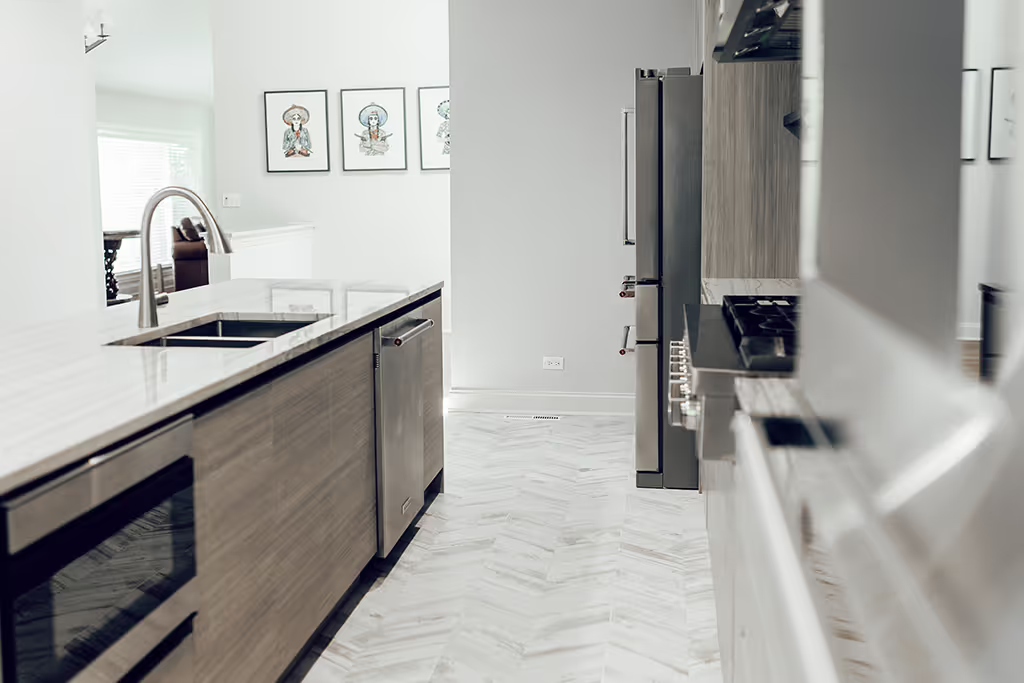
Why Choose Majestic Tiles — Your Tile Outlet Near Me
By following these simple tips and recommendations, you can effectively maintain your European tiles and enjoy their beauty and functionality for years to come. At Majestic Tiles, we offer a wide range of European tiles. Our staff is also happy to answer any questions you may have about choosing, installing, and caring for your tiles. Visit our showroom for expert advice and a selection of top-quality European tiles to elevate your home’s style and elegance.
.avif)
Let’s Build Your
Contact Majestic Tiles today to schedule a free consultation.
Get Your Personalized Quote.svg)

.avif)
.avif)

